ARTS / CULTURE & LEISURE
Five significant Chinese archaeological sites shine amid 100th anniversary of modern archaeology in China
China's National Cultural Heritage Administration on Wednesday published a report about five Chinese archaeological sites and their significant achievements, an important demonstration of the diversity and integration of Chinese civilization amid the 100th anniversary of the birth of modern Chinese archaeology.
The important achievements of the five sites show the historical process of the origin and development of the Neolithic culture in the Yellow River Basin, the Yangtze River Basin and the Pearl River Basin.
Dating back to 6,700-4,500 years ago, the Shi'ao site in Yuyao, East China's Zhejiang Province is one of the world's oldest and largest ancient rice fields. It provides evidence that rice farming was an important economic pillar for the social development of the Hemudu culture and the later Liangzhu culture.
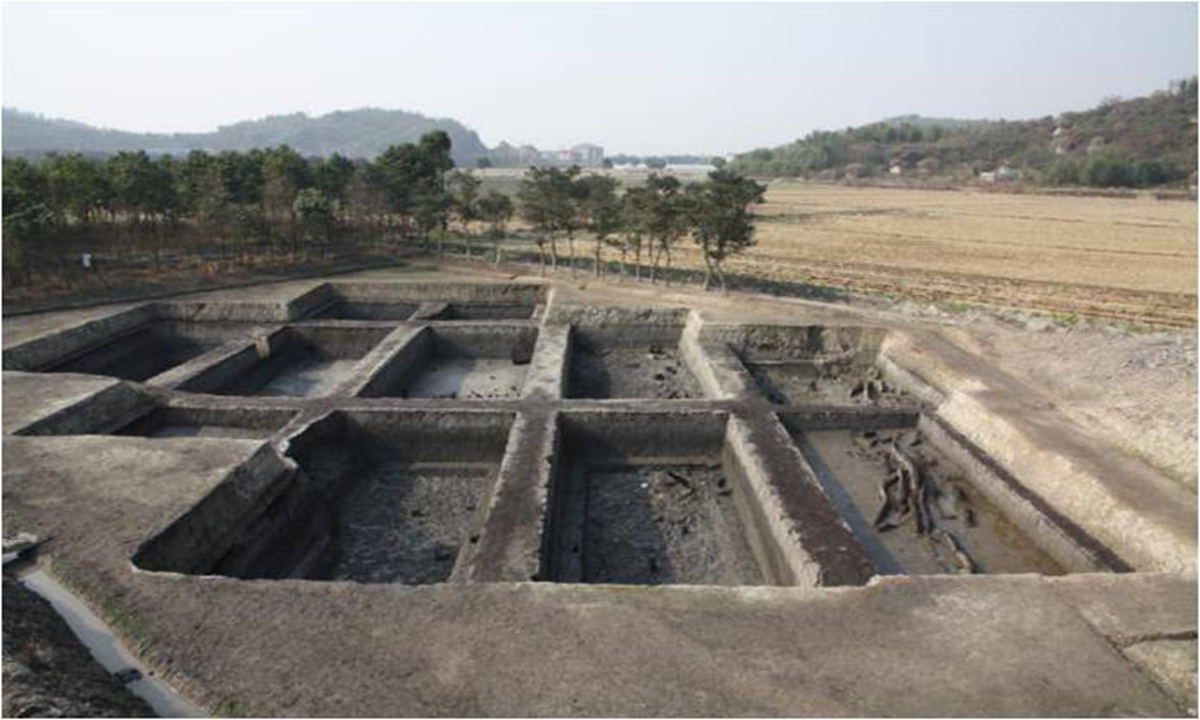
The Yanshanzhai site in Yingde, South China's Guangdong Province is a Shixia cultural settlement site that has unearthed about 66 ancient tombs and hundreds of funerary relics. It is the largest Neolithic settlement site discovered in the Lingnan area and is of great significance to the in-depth study of the interaction between the Shixia and Liangzhu cultures as well as the evolution of morphology in the Lingnan area in pre-Qin period (the Palaeolithic period till 221BC).
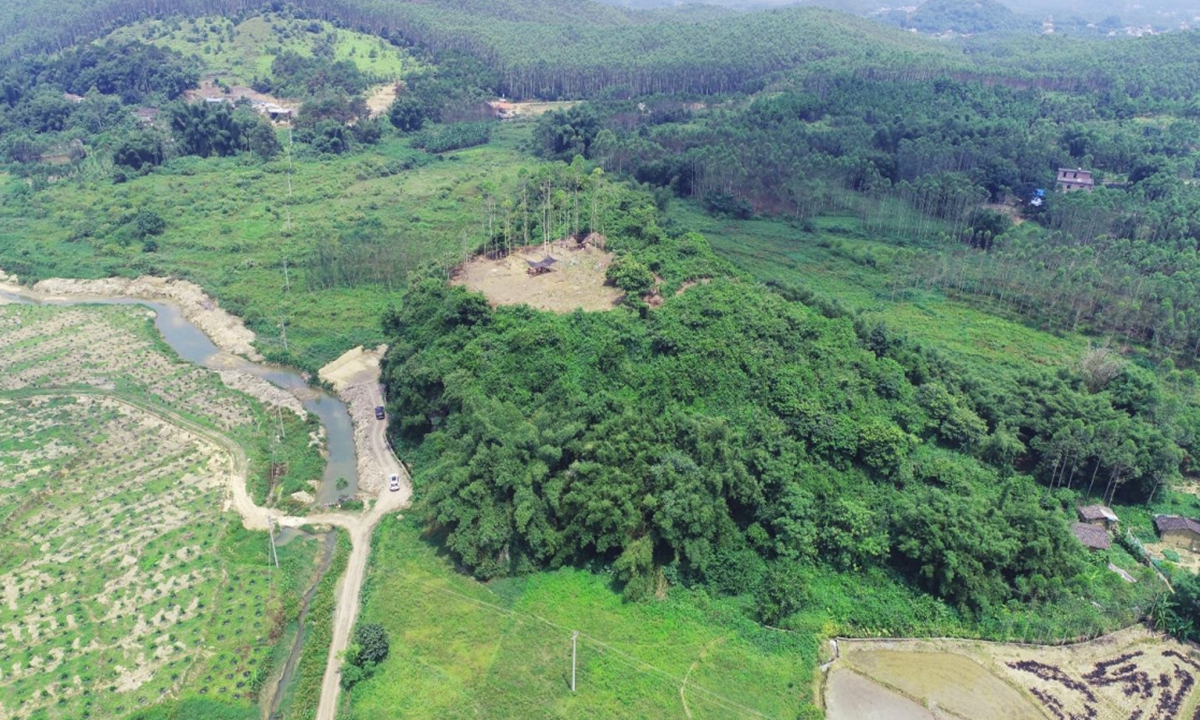
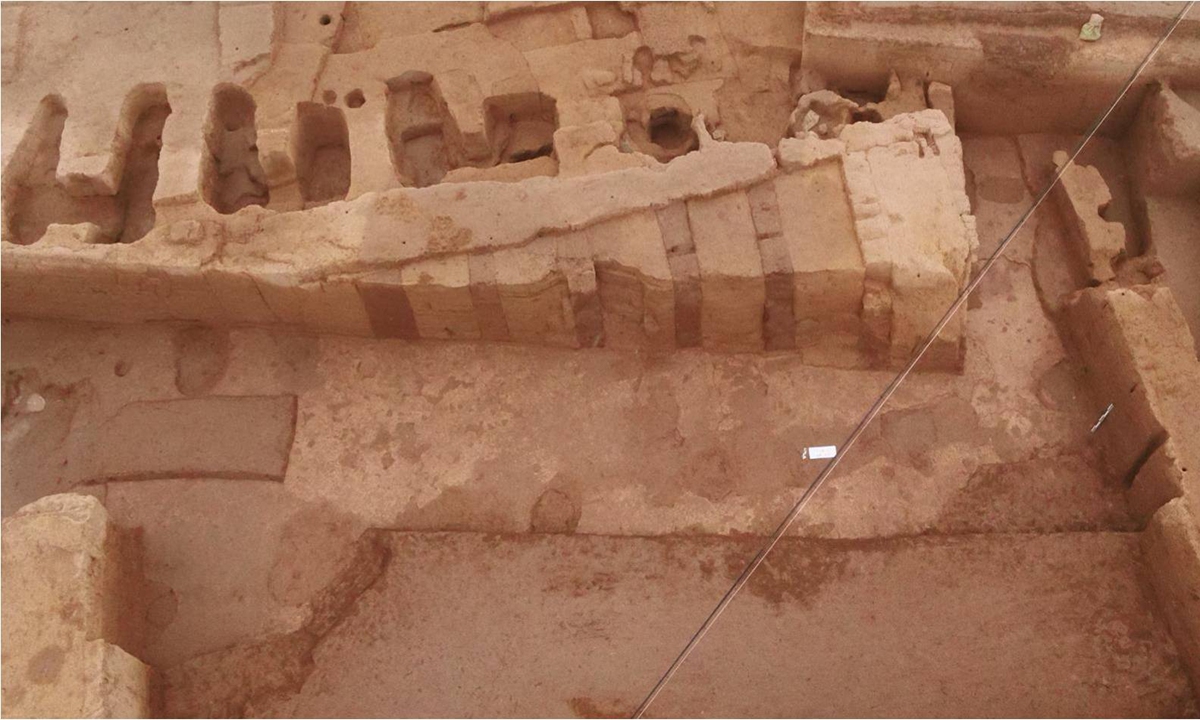
Dating back about 6,000 years ago and covering an area of about 80,000 square meters, the Gedachuan site in Zhangjiachuan, Gansu Province is a settlement site of the Yangshao culture. The Geyachuan site confirms that China's Longxi Loess Plateau was another central area for the Yangshao Culture. The discovery of large grain storage pits and millet remains provides physical evidence for studies into the early life of the Yangshao Culture.
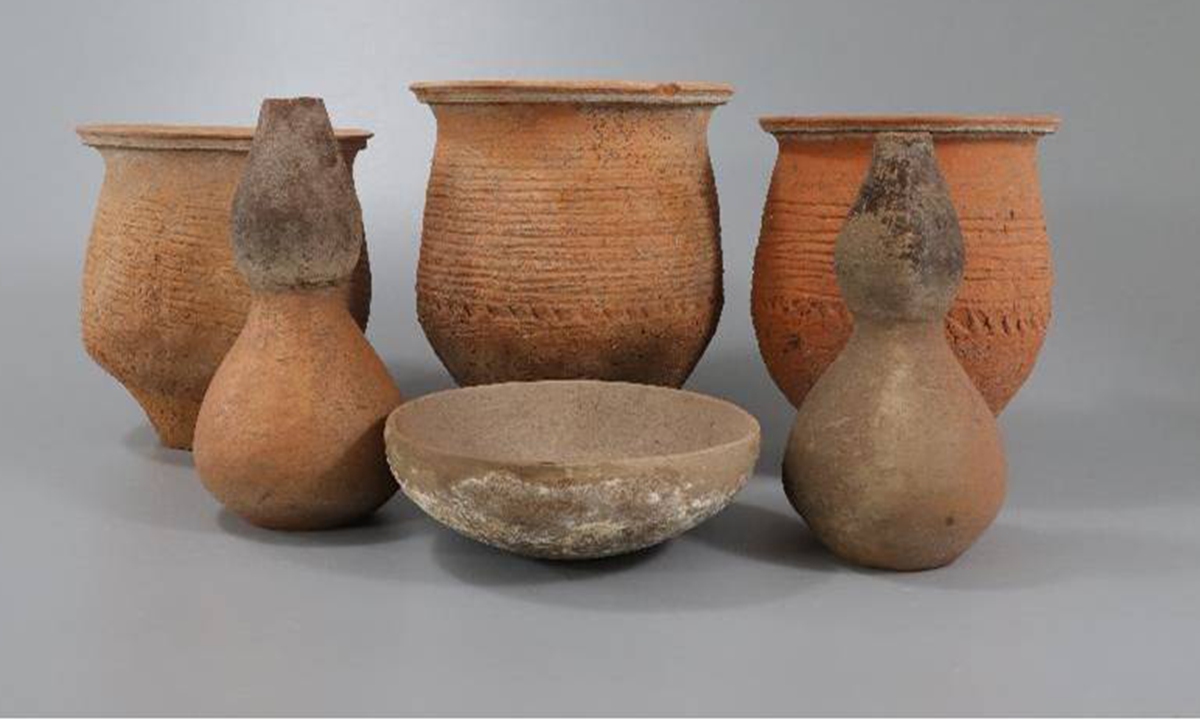
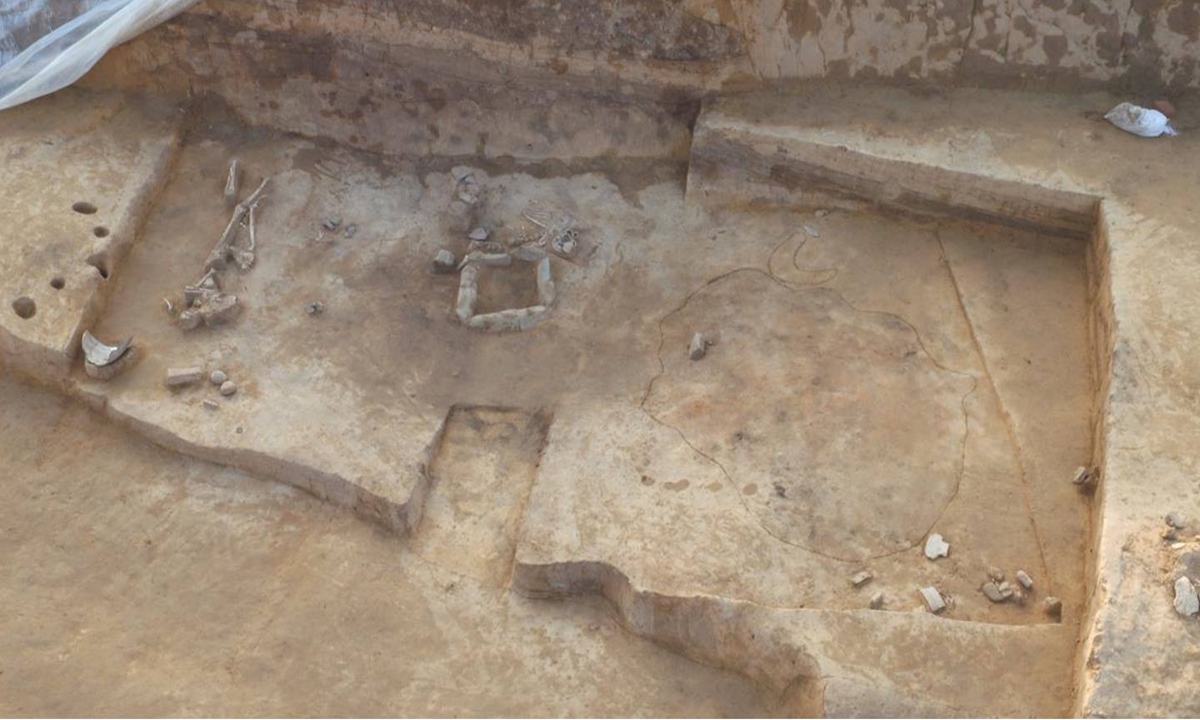
The important achievements of the five sites show the historical process of the origin and development of the Neolithic culture in the Yellow River Basin, the Yangtze River Basin and the Pearl River Basin.
Dating back to 6,700-4,500 years ago, the Shi'ao site in Yuyao, East China's Zhejiang Province is one of the world's oldest and largest ancient rice fields. It provides evidence that rice farming was an important economic pillar for the social development of the Hemudu culture and the later Liangzhu culture.

The Shi'ao site in Yuyao, East China's Zhejiang Province Photo: Courtesy of China's National Cultural Heritage Administration
The Yanshanzhai site in Yingde, South China's Guangdong Province is a Shixia cultural settlement site that has unearthed about 66 ancient tombs and hundreds of funerary relics. It is the largest Neolithic settlement site discovered in the Lingnan area and is of great significance to the in-depth study of the interaction between the Shixia and Liangzhu cultures as well as the evolution of morphology in the Lingnan area in pre-Qin period (the Palaeolithic period till 221BC).

The Yanshanzhai site in Yingde, South China's Guangdong Province Photo: Courtesy of China's National Cultural Heritage Administration
The Nanzuo site in Qingyang, Northwest China's Gansu Province is a large-scale settlement site of the Yangshao culture (5,000-3,000 BC), a Neolithic culture from the middle reaches of the Yellow River about 5,200 to 4,600 years ago. The site is an important reference for the study into the origin and development of civilization in the Yellow River Basin, and a major breakthrough in the study of the history and origin of China's 5,000 years of civilization.
The Nanzuo site in Qingyang, Northwest China's Gansu Province Photo: Courtesy of China's National Cultural Heritage Administration
Dating back about 6,000 years ago and covering an area of about 80,000 square meters, the Gedachuan site in Zhangjiachuan, Gansu Province is a settlement site of the Yangshao culture. The Geyachuan site confirms that China's Longxi Loess Plateau was another central area for the Yangshao Culture. The discovery of large grain storage pits and millet remains provides physical evidence for studies into the early life of the Yangshao Culture.

The relics unearthed from the Gedachuan site in Zhangjiachuan, Gansu Province Photo: Courtesy of China's National Cultural Heritage Administration
The Dengcaogouliang site in Zhangjiakou, North China's Hebei Province dates to 8,000 to 4,000 years ago. Located in the transitional zone between the nomadic culture of northern China and the farming culture of the Central Plains, the site was an important channel for cultural exchanges between the Bohai Sea in the east and the inland culture of the west. Four different stages of archaeological and cultural relics have been discovered here, which proves that this region has been an important area of multi-ethnic and multi-cultural integration since ancient times, and provides valuable information for exploring the process of pluralism and integration in northern China.
The Dengcaogouliang site in Zhangjiakou, North China's Hebei Province Photo: Courtesy of China's National Cultural Heritage Administration
